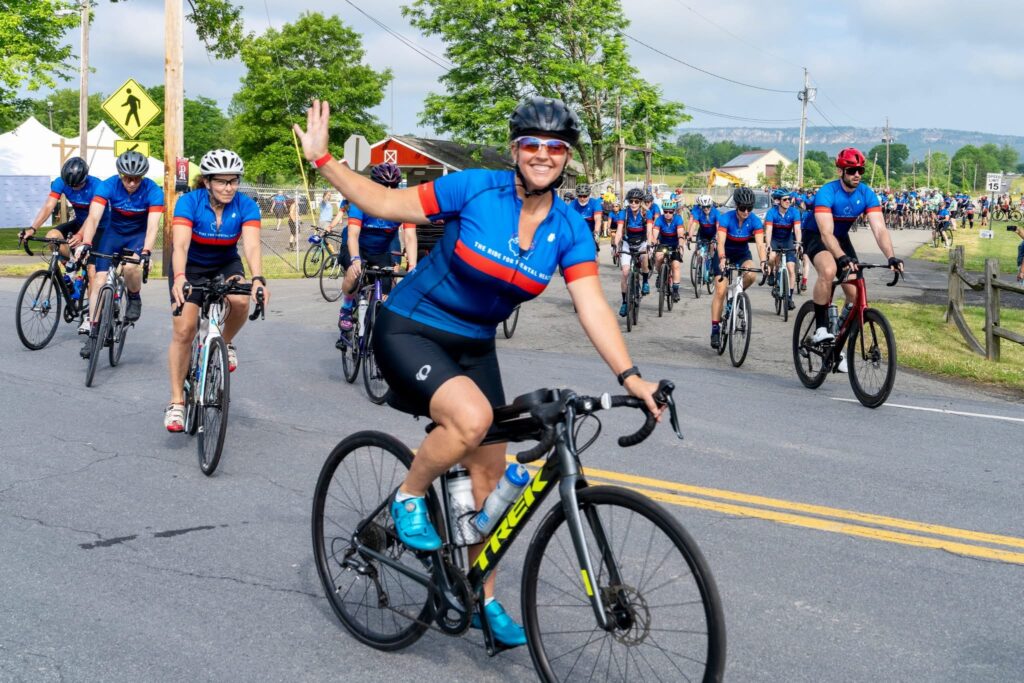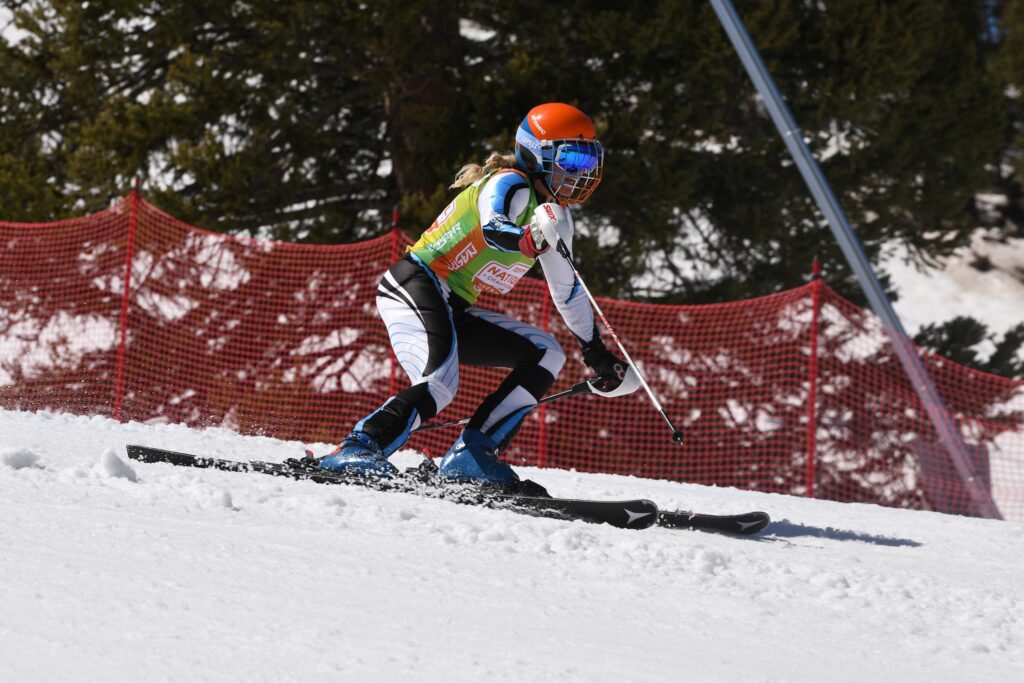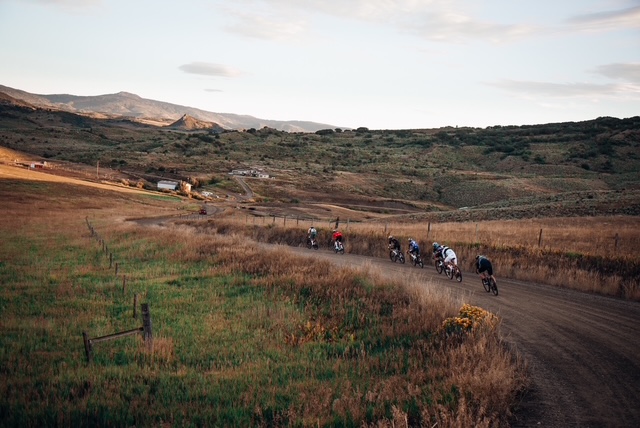Merchandise should be part of your registration strategy from day one—not an afterthought. Events that offer merchandise consistently unlock thousands of dollars in additional revenue, yet fewer than 1 in 3 events take advantage of this opportunity. When planned early, merch not only drives extra income but also creates pre-event buzz and turns participants into walking billboards for your brand long after race day. Let’s dive in!

Make a plan for what you want to sell
Before setting up your online merchandise store, take time to develop a plan:
- Know your audience: Consider what your specific participant demographic would value. Trail runners might prioritize functional gear like buffs or technical hats, while cyclists might prefer water bottles or cycling caps.
- Set realistic budgets: Calculate your break-even point for each item by factoring in all costs: design, production, shipping, storage, and any platform fees. Most successful event merchandise is priced at 2-3 times the production cost.
- Select your production partner: Research vendors who specialize in event merchandise. Ask other event directors for recommendations and request sample products before committing. Consider local options that might offer better service and faster turnaround times.
- Select your items for sale: On average, events offer around 3 items, but the sweet spot tends to be 3-5 thoughtfully selected products. This gives participants enough choice without overwhelming them, while allowing you to test what sells best and scale up in future years.
- Build Your Timeline: Build in time for both pre-orders and manufacturing. Most organizers allow 2–4 weeks for ordering during registration, and then 5–6 weeks for production and delivery — though exact timing will vary by supplier.
- Manage product assets: Create a folder with photos and descriptions of all of the items you would like to sell to make it stay organized for when you go to set up your event page.
“When event organizers treat merch as more than just a revenue stream, it becomes a lasting brand touchpoint. With a smart timeline, thoughtful product mix, and quality gear participants actually want to wear, you extend the event experience, create new revenue opportunities, and keep your brand visible long after race day.”– Jenny Rollyson, Director of Marketing, Giordana Cycling
Set up your merchandise store
Setting up your merchandise store on your event page is simple. This can be done at any time but we highly recommend that you set this up prior to launching registration. The store displays prominently on your page—and here’s a bonus: anyone can purchase from your store, not just registered participants! This creates another revenue opportunity to market to friends and family of participants as gifts.
New Feature: Our new SKU tracking system allows you to assign unique identifiers at the item level. Different sizes? No problem—each gets its own SKU for precise inventory management.
Best practices that drive sales
The most successful event merchandise stores follow these strategies:
- Show, don’t just tell: Include high-quality photos of every item. That race shirt looks a lot more appealing when people can see the design than when it’s just described as a “2025 Race Shirt.”
- Detail matters: Provide detailed descriptions including materials, fit type (regular, athletic, relaxed), and accurate sizing charts. When participants know exactly what they’re getting, they’re more likely to buy.
- Strategic timing: Set merchandise expiration dates to align with vendor deadlines. “Early bird” merchandise pricing can also drive early registrations when paired with registration deadlines.
- Categorize correctly: Designate item types properly (clothing, meals, parking, etc.) for accurate sales tax calculation keeping your books compliant.
Pro tip: In your merchandise descriptions, clearly indicate if an item is already included with registration. This prevents participants from purchasing something they’ll receive for free and eliminates potential confusion or refund requests later.
Thinking beyond the standard race t-shirt
Our friends at Giordana Cycling have some helpful tips:
- For advance sales, a standout custom design on a tech tee or value-priced jersey tends to perform best, driving engagement and early revenue. They’re easy to size, lower risk, and help participants feel connected to the event before it begins.
- On-Site Sales Focus: At the event, prioritize smaller accessories like caps, socks, and water bottles, or seasonal protection pieces — gaiters and wind vests — if the weather calls for them. These items can be event-branded or not, are easy to sell on impulse, and don’t require fitting. Avoid dating them to extend their shelf life.
Looking to expand your merchandise offerings? Consider these options:
- Custom cycling kits or performance gear
- Attendee tickets to after-parties or VIP experiences
- Camping passes for multi-day events
- Discounted photo packages offered as pre-sales
- Purchase a ticket for a random selection drawing (important note: avoid terms like “lottery” or “raffle tickets”—our system requires using “random selection” or “random draw” instead)
- Donation box to your local charity or non-profit
Note: If you’re also using PledgeReg to raise funds, skip the donation boxes in your merchandise setup to avoid confusion. Keep your fundraising streamlined in one place for the best participant experience.
Ways to drive merch revenue
Events that actively promote merchandise see significantly higher engagement, with top-performing events converting up to 45% of registrants into buyers on TriReg.
- Limited edition items: Create special edition items with limited quantities. Clearly displaying “Only 50 Available” can drive immediate purchases from participants who don’t want to miss out.
- Use email marketing and social media: Send targeted emails showcasing your merchandise to both current registrants and your past participant list. A dedicated “Don’t Miss Out on Event Gear” email and social media post will drive sales.
- Create collector’s items: Design merchandise that’s worthy of collection, especially for annual events. Participants often purchase items from events they’ve completed as trophies of their achievements.
“…we partner with a super talented designer who crafts a brand new theme each year. This ensures that every piece of merchandise isn’t just a random item, but a unique memento that truly captures the spirit of the Copper Triangle and the stunning scenery of the ride.” – Scott Olmsted, The Ride Collective
Add merch to your event page!
By implementing these merchandise strategies, you’re not just selling swag—you’re creating anticipation, building community, and adding another revenue stream for your event. Log into your event dashboard today and set up your merchandise store.


